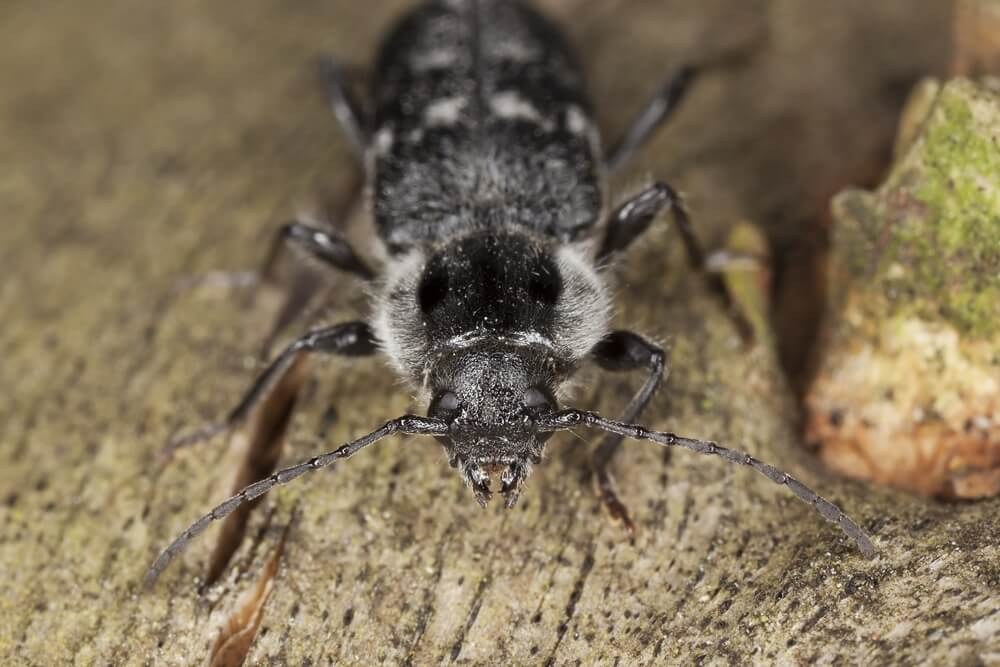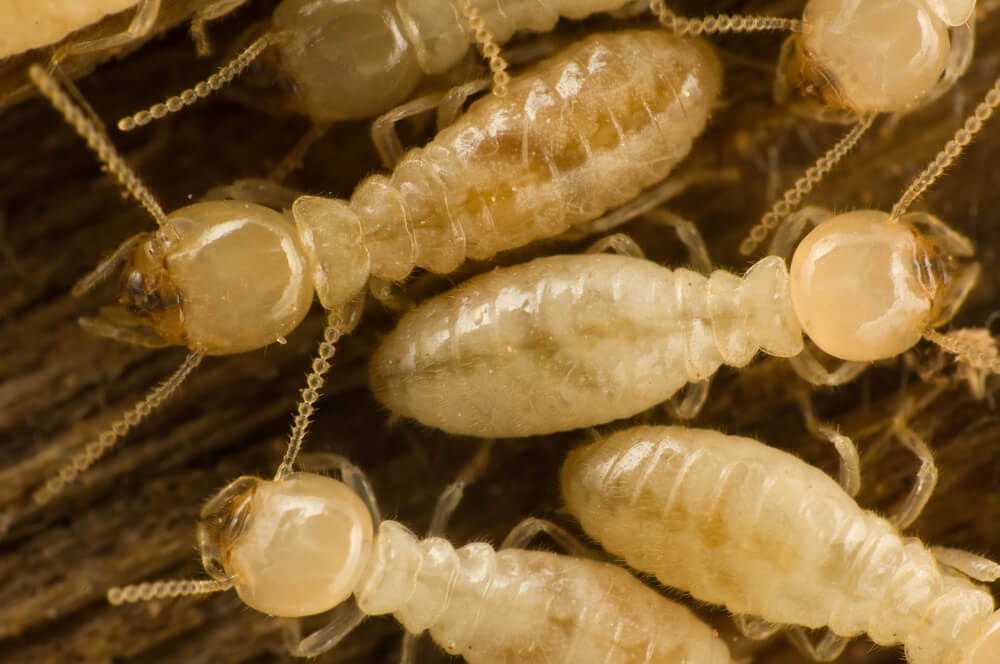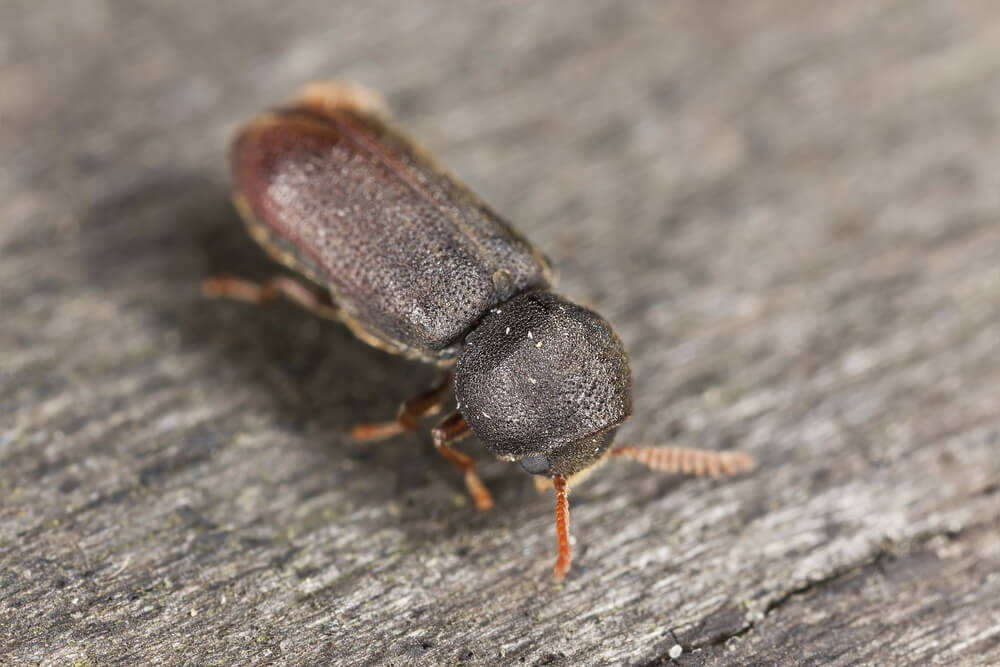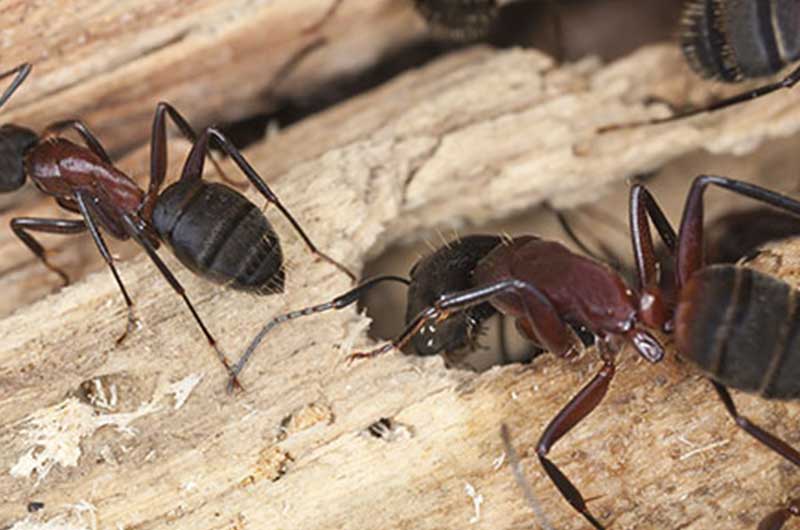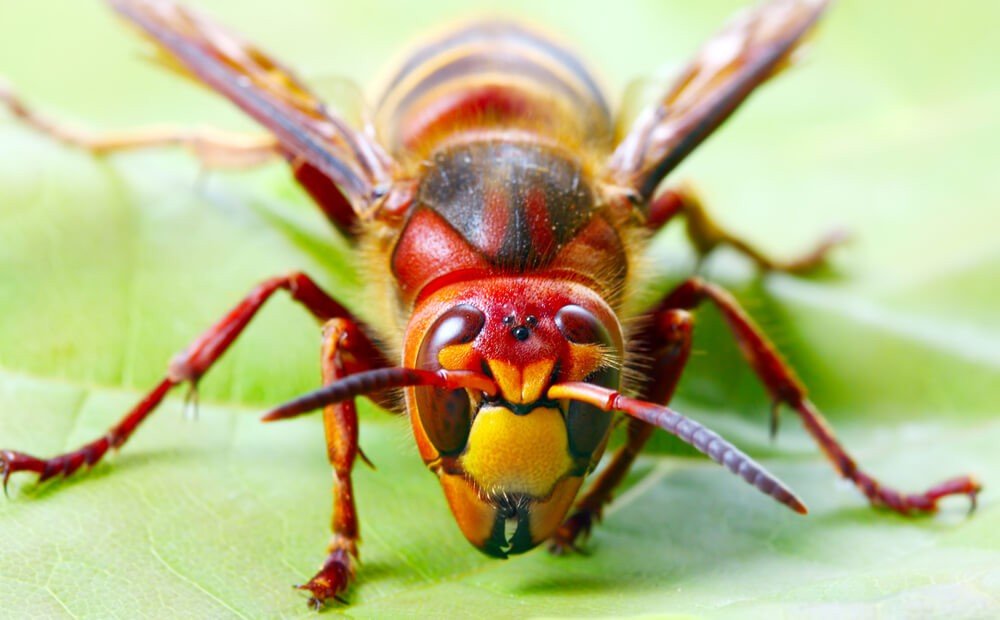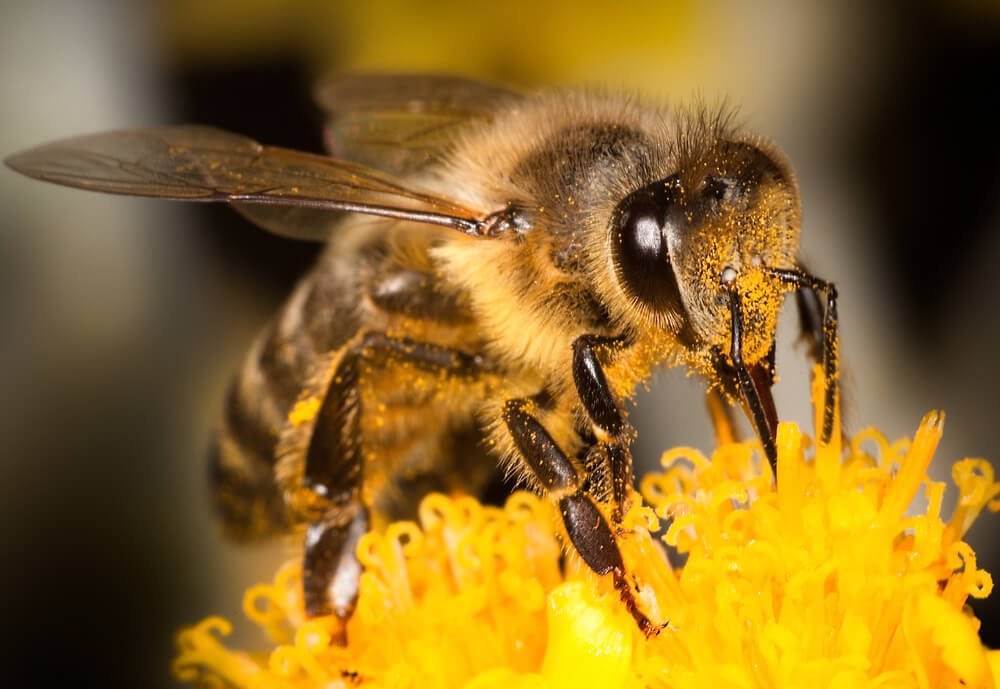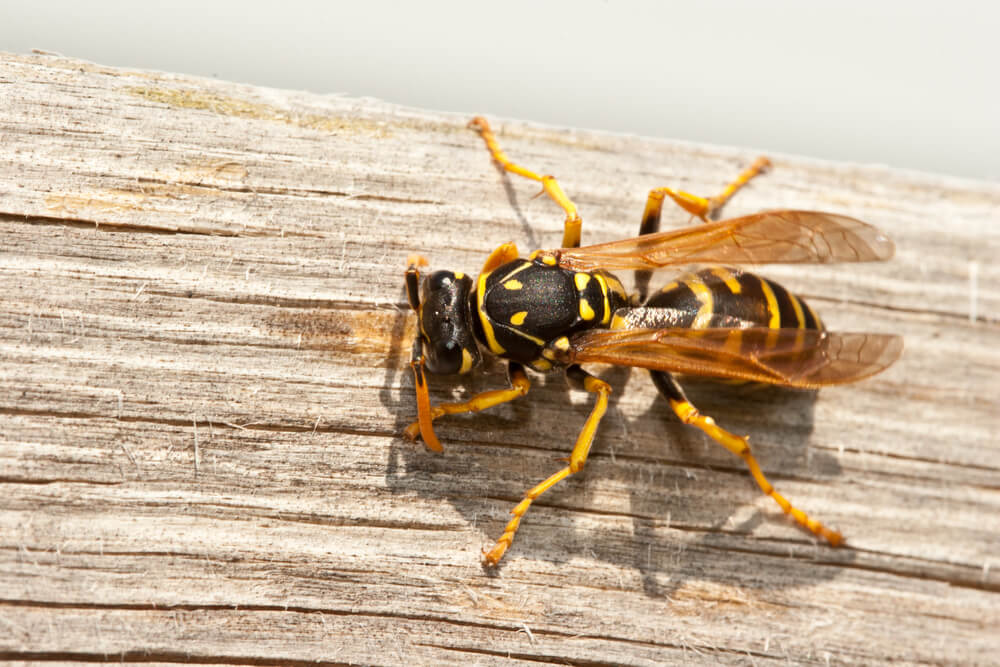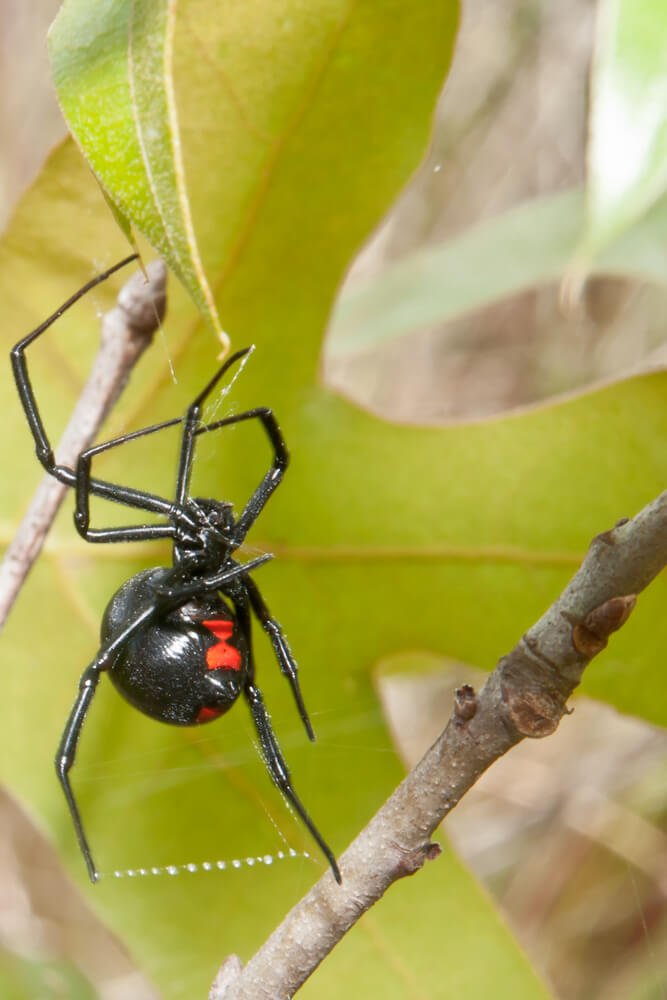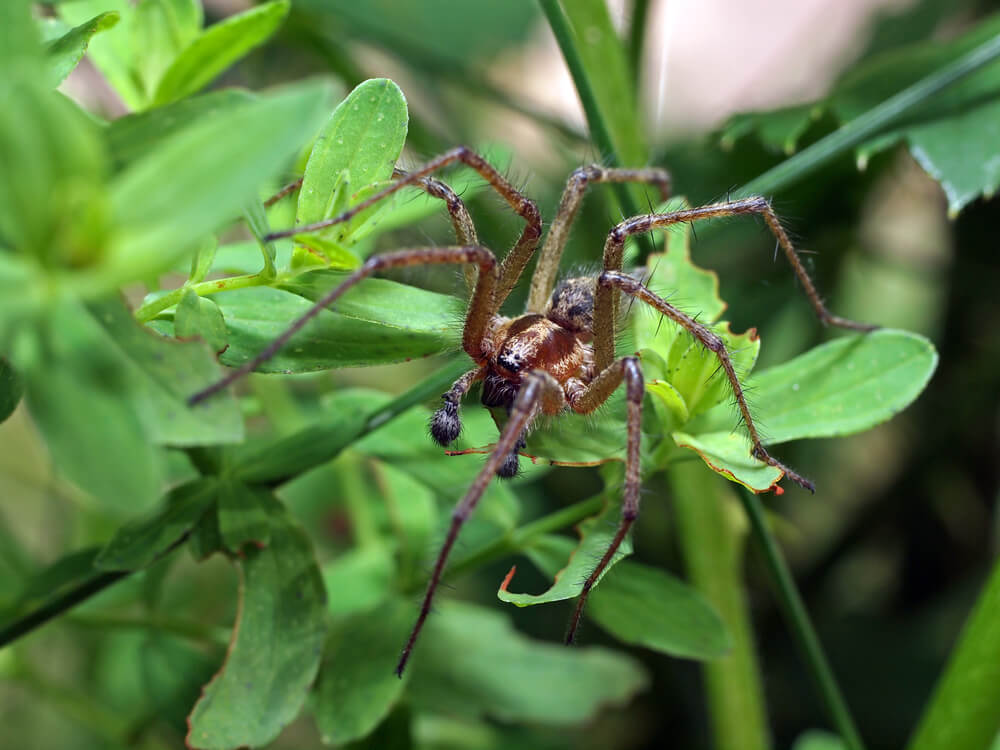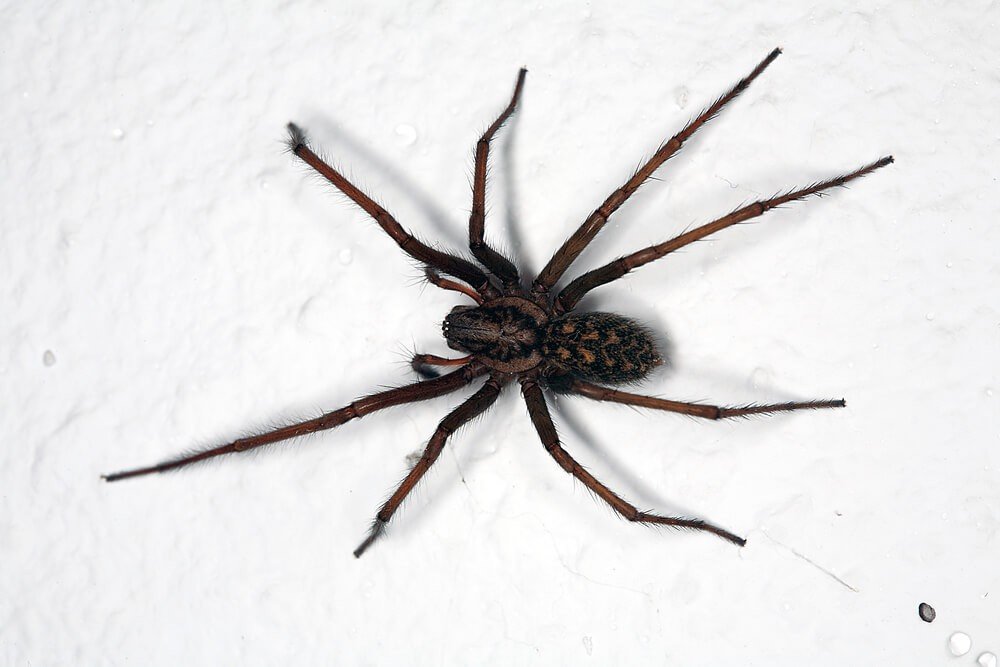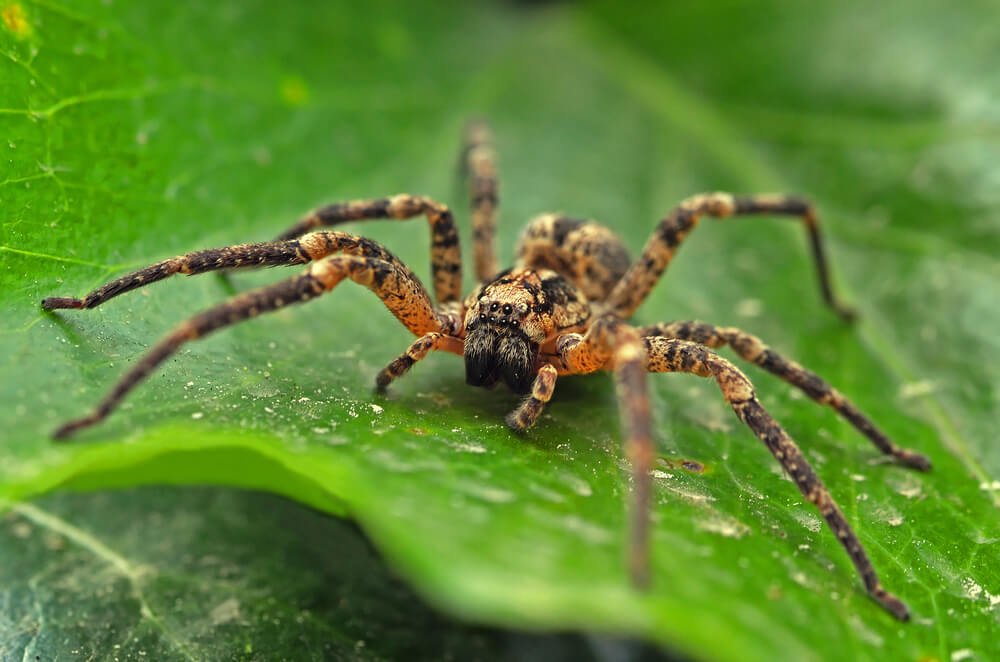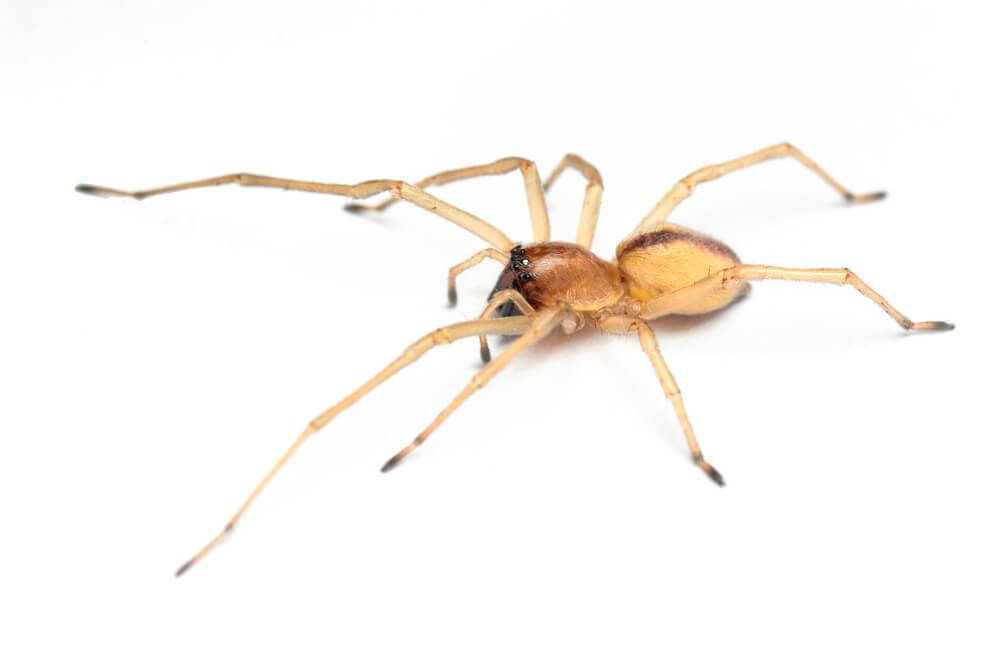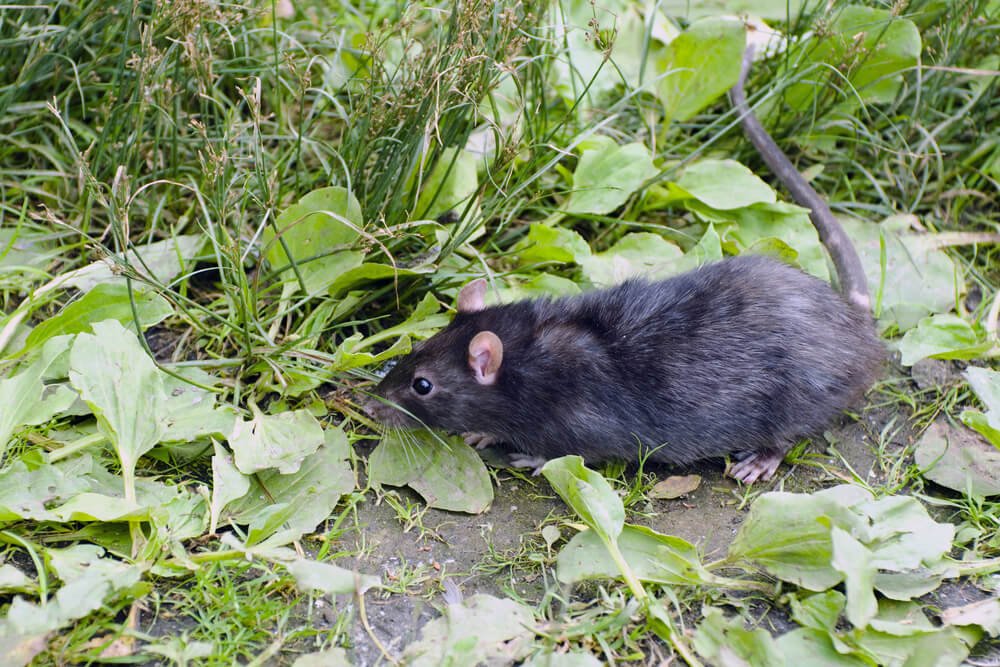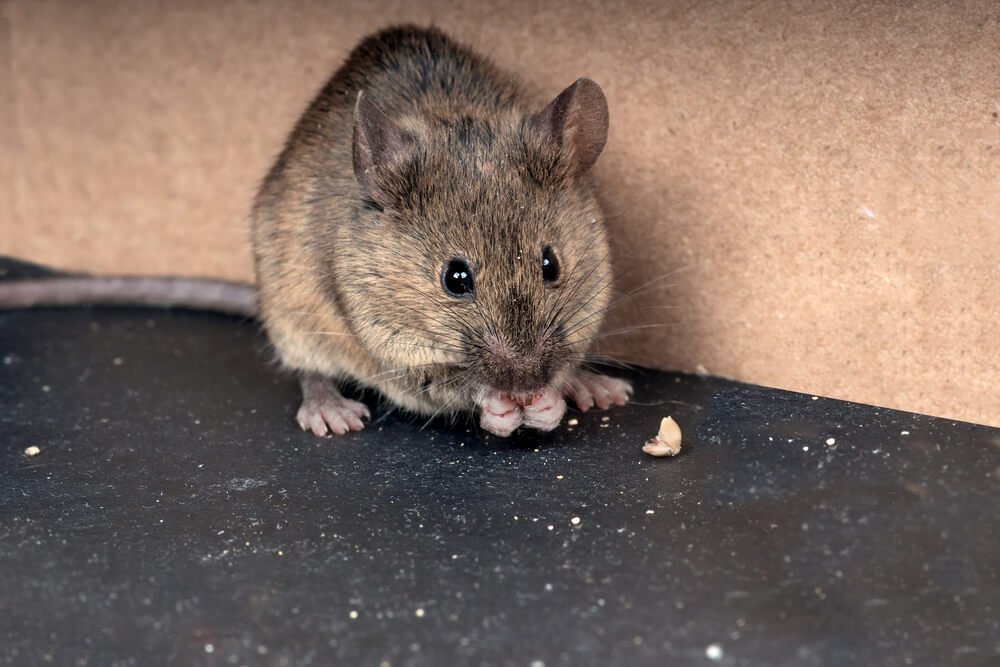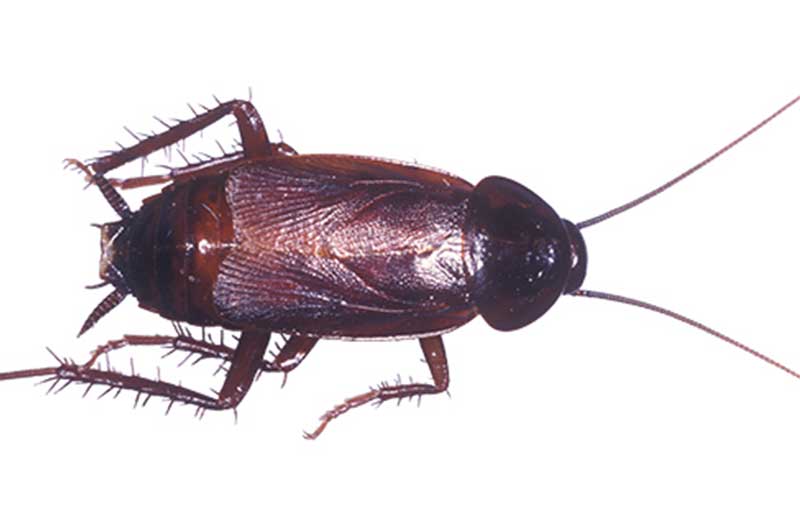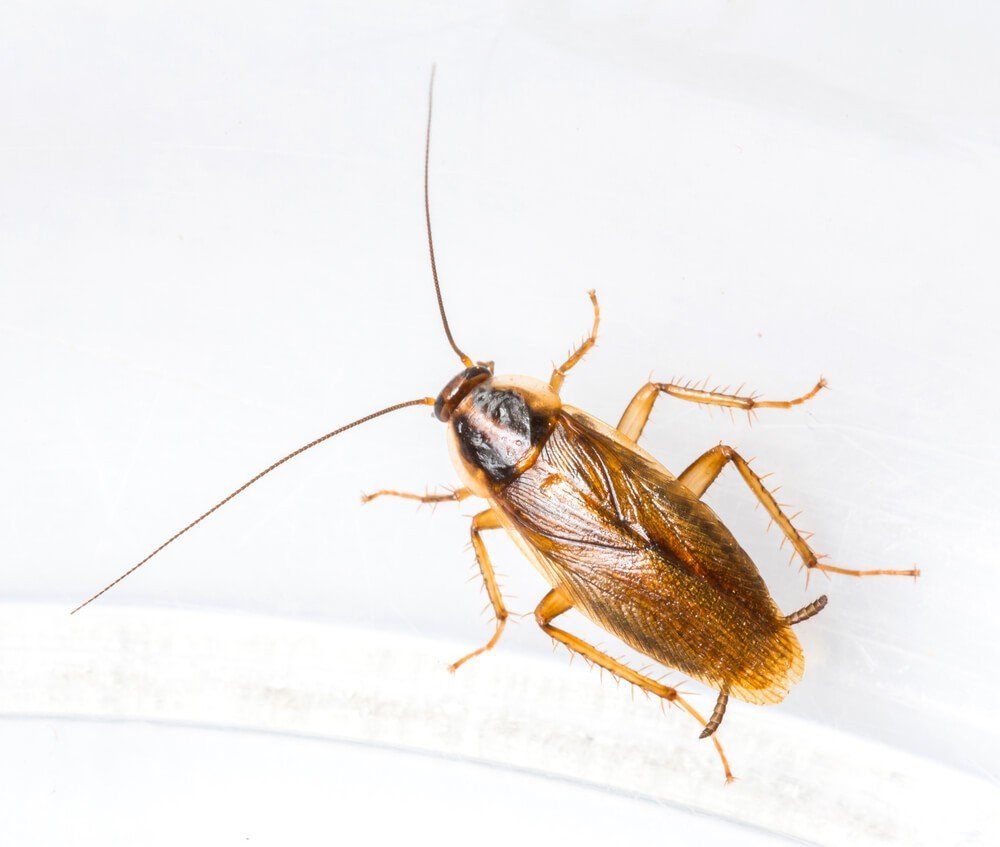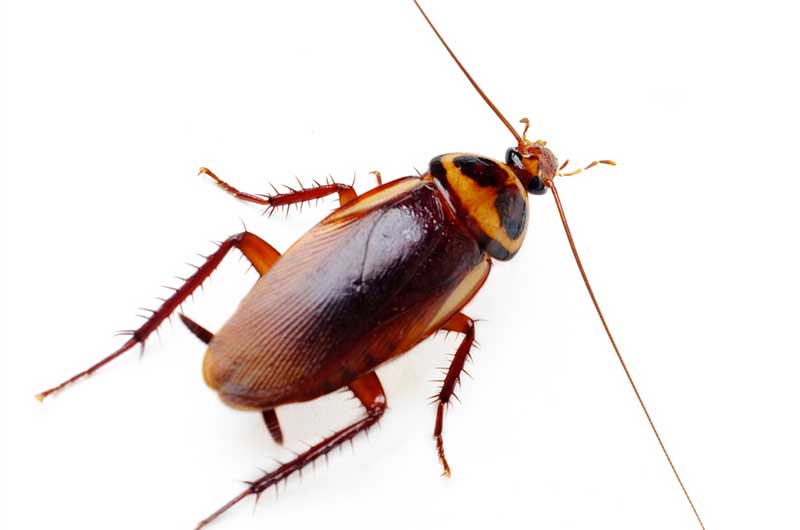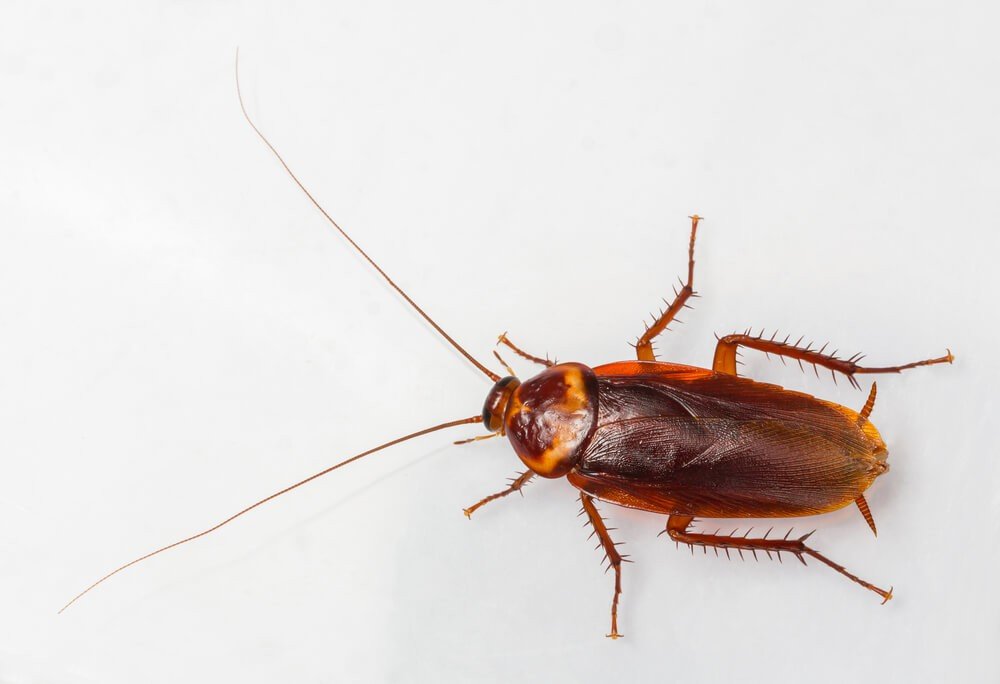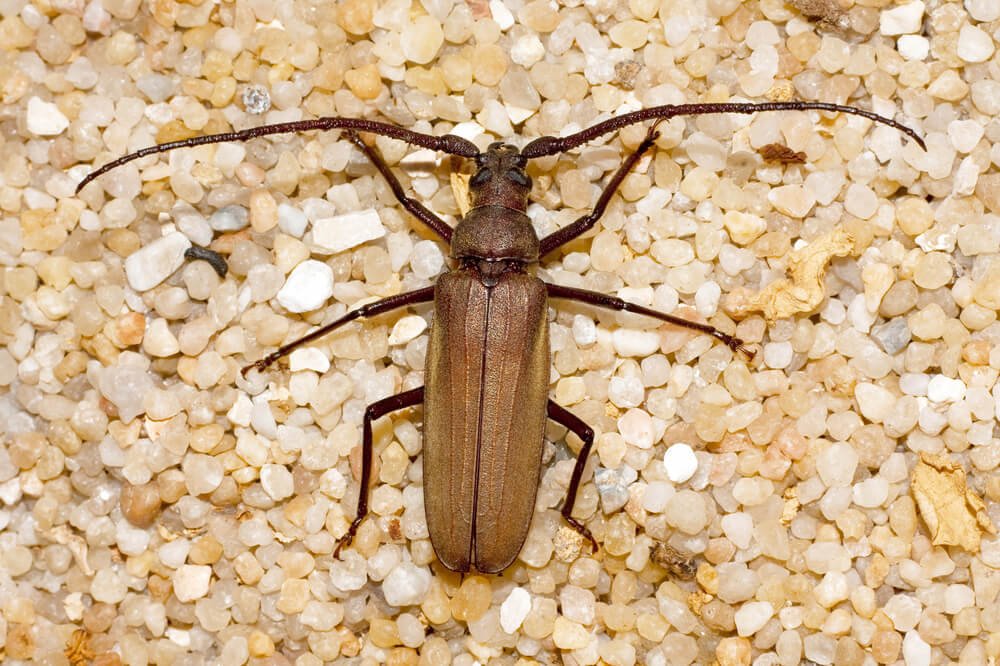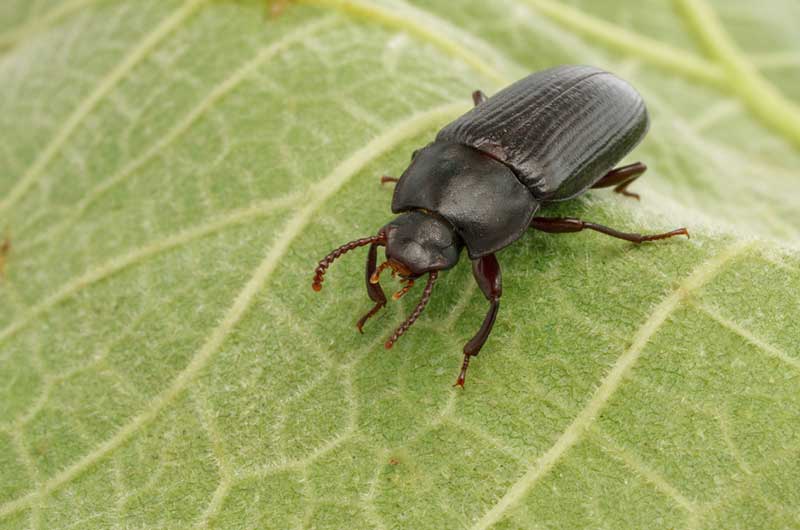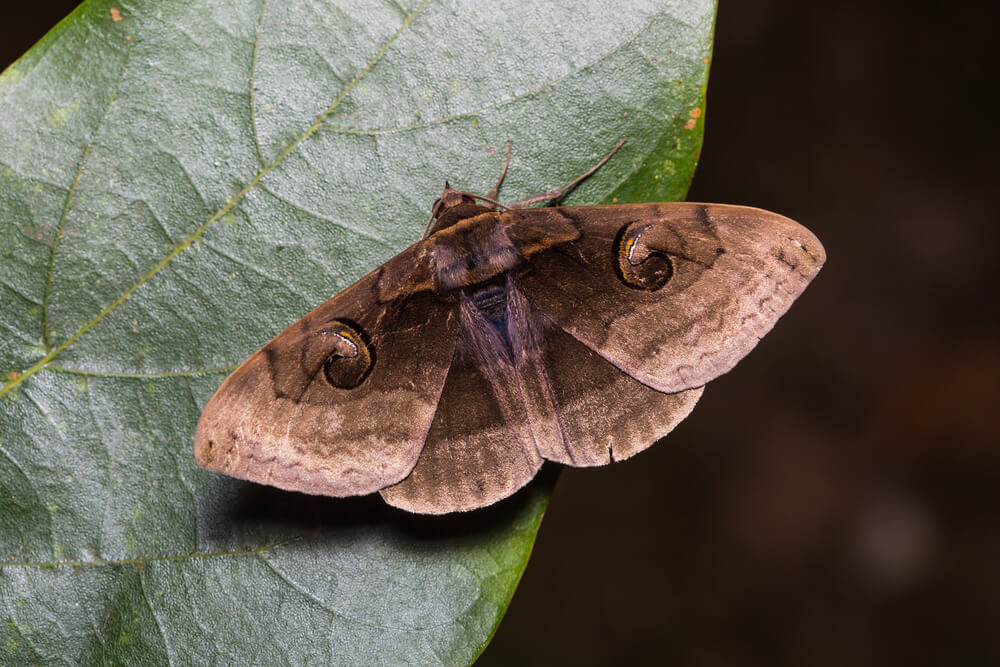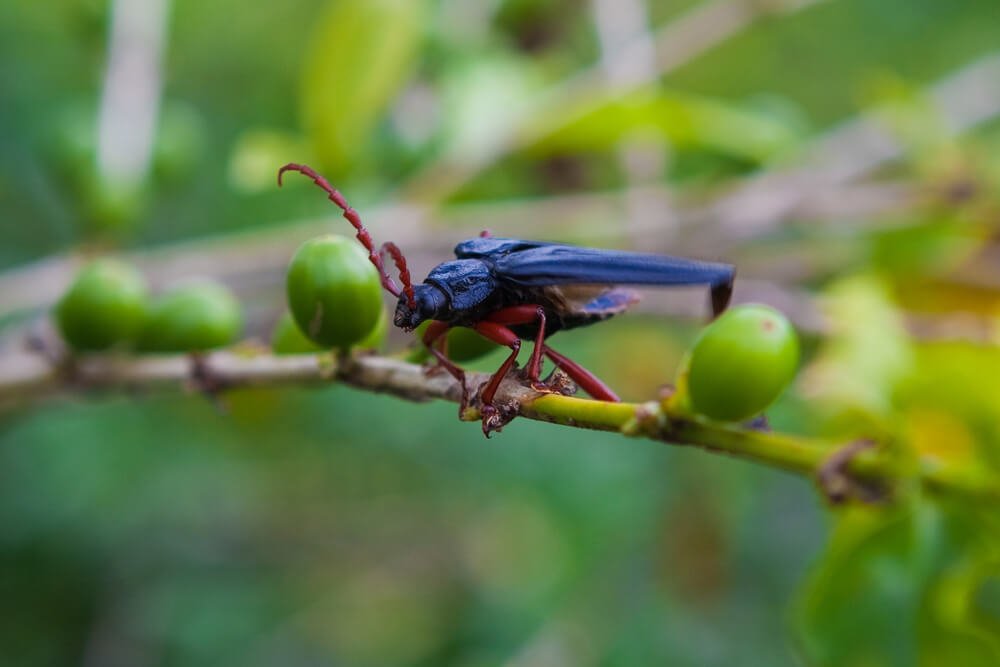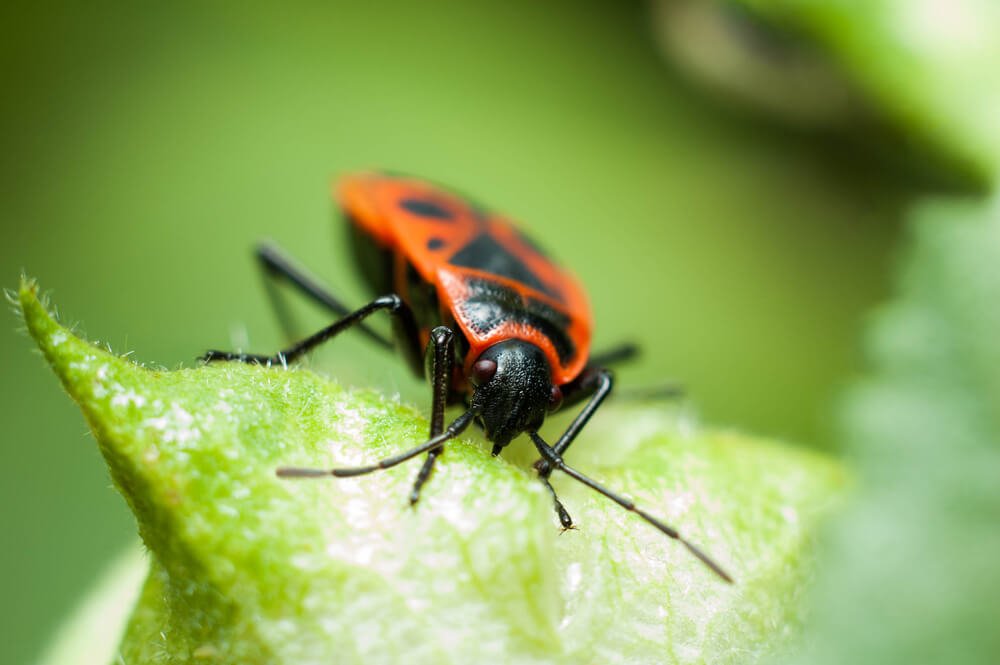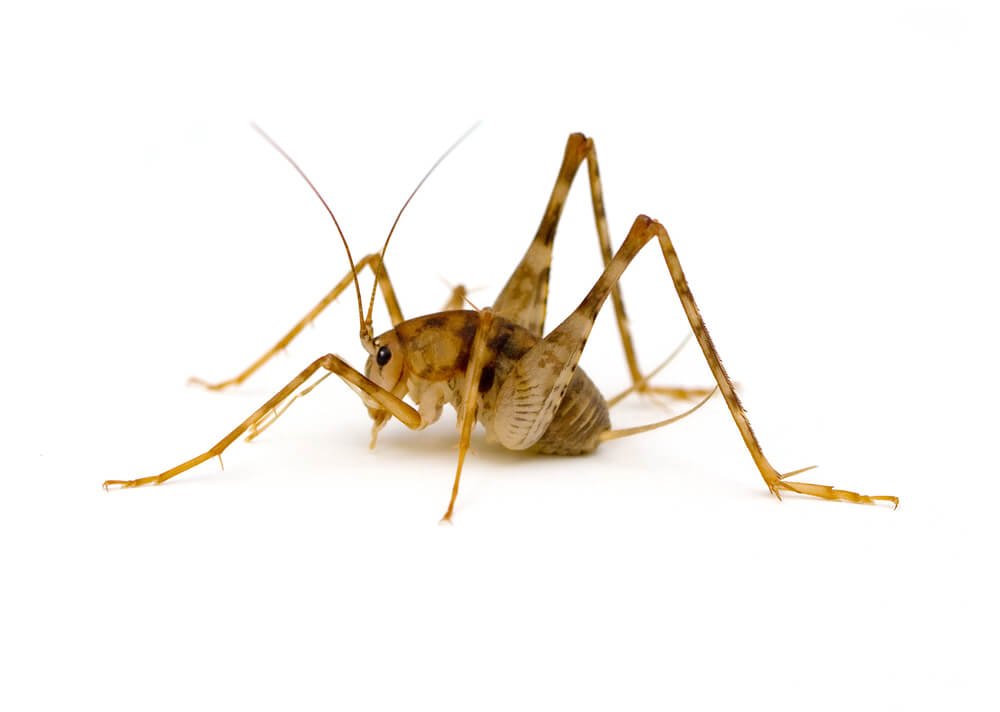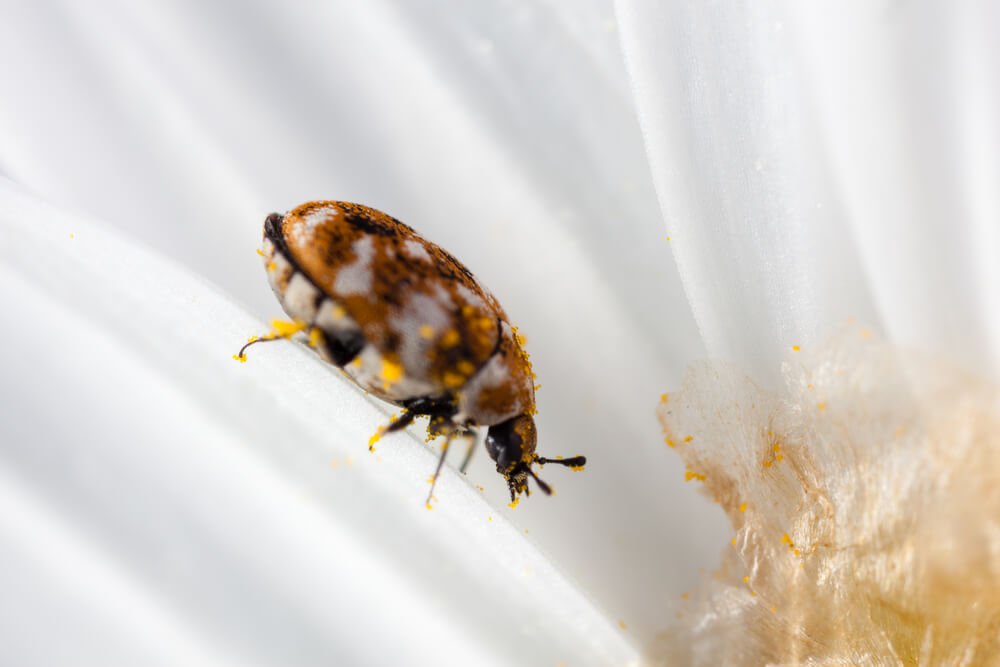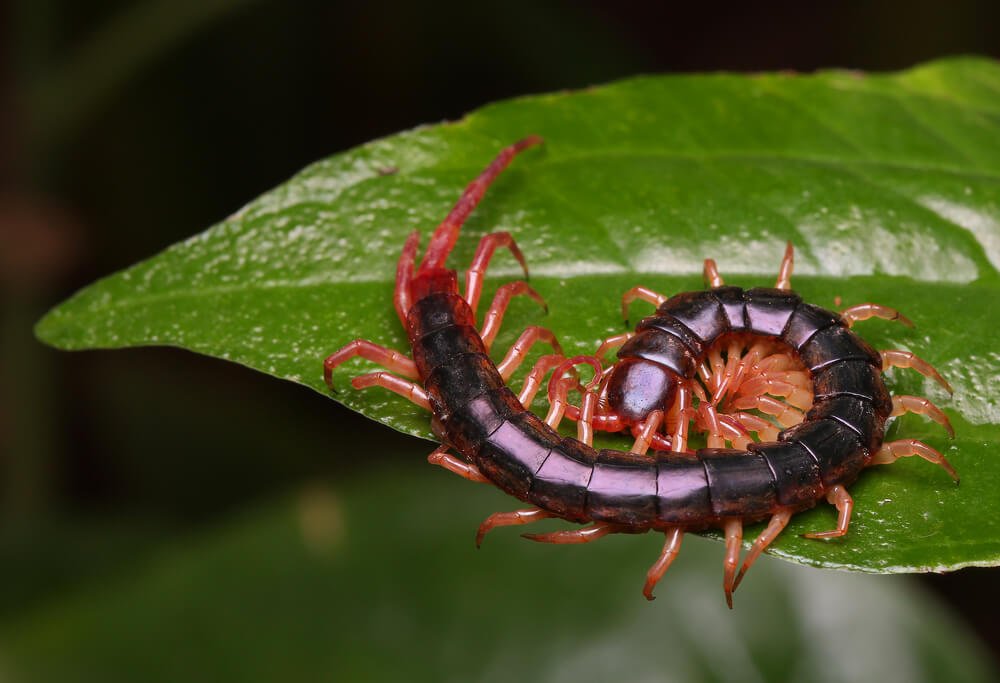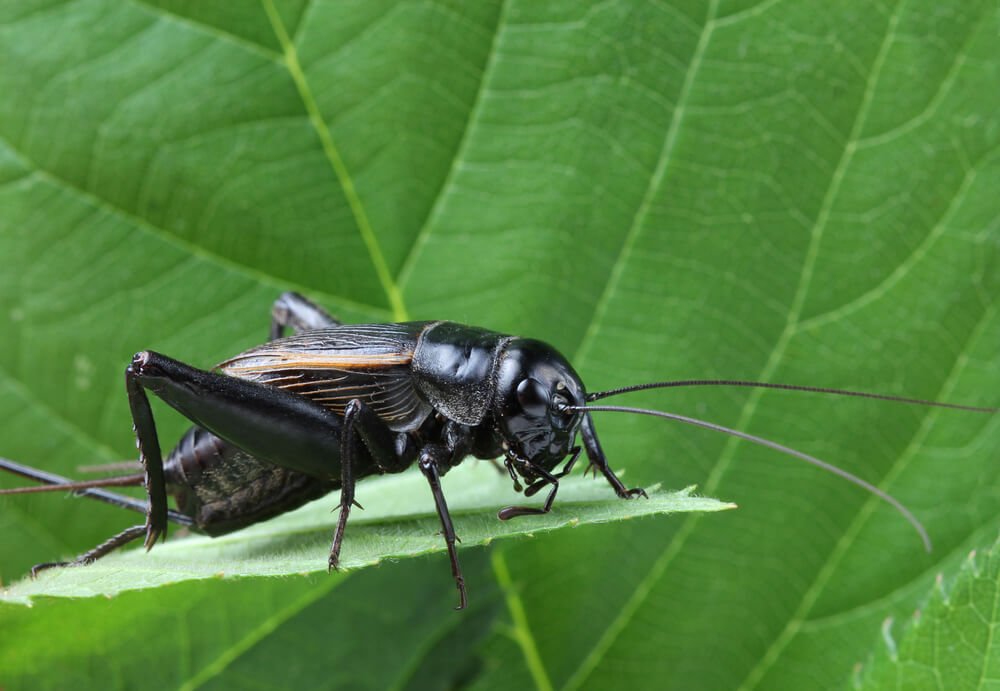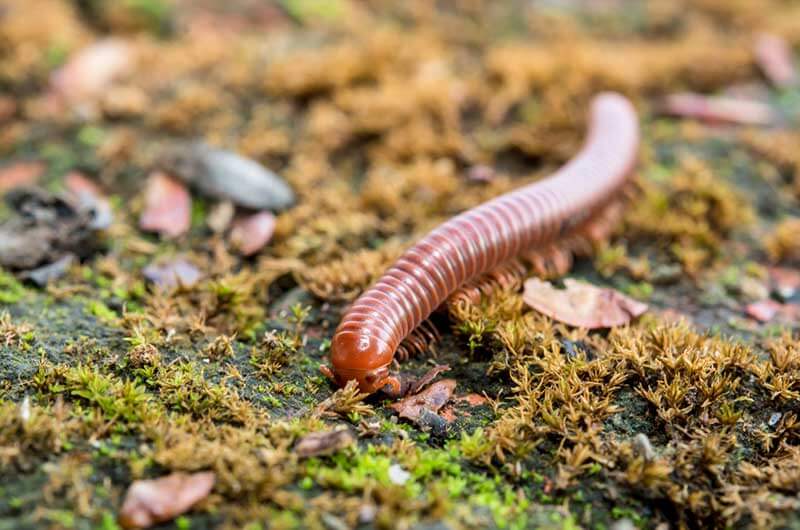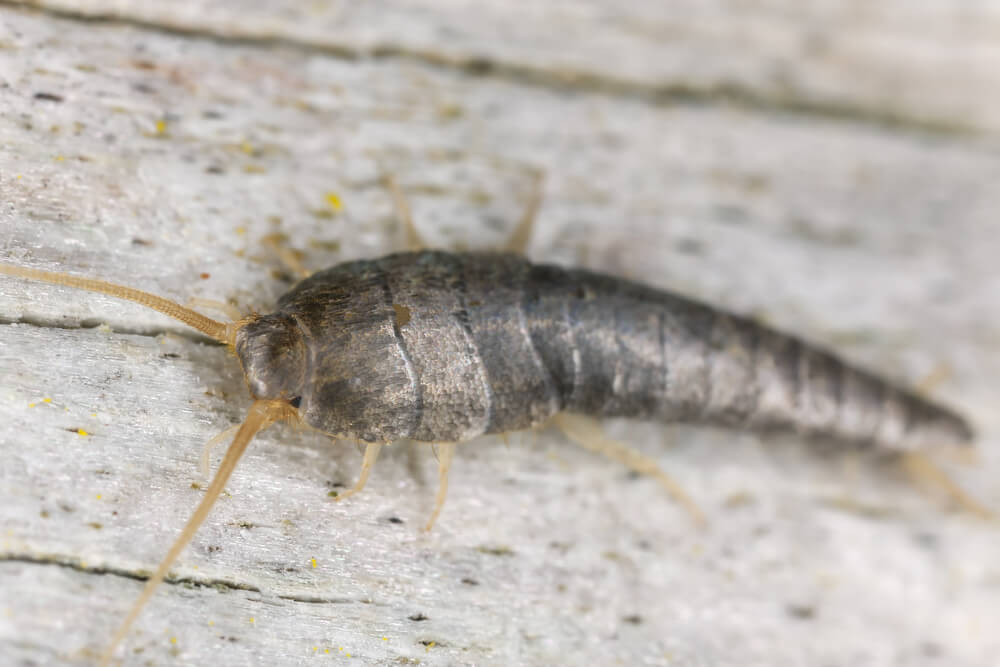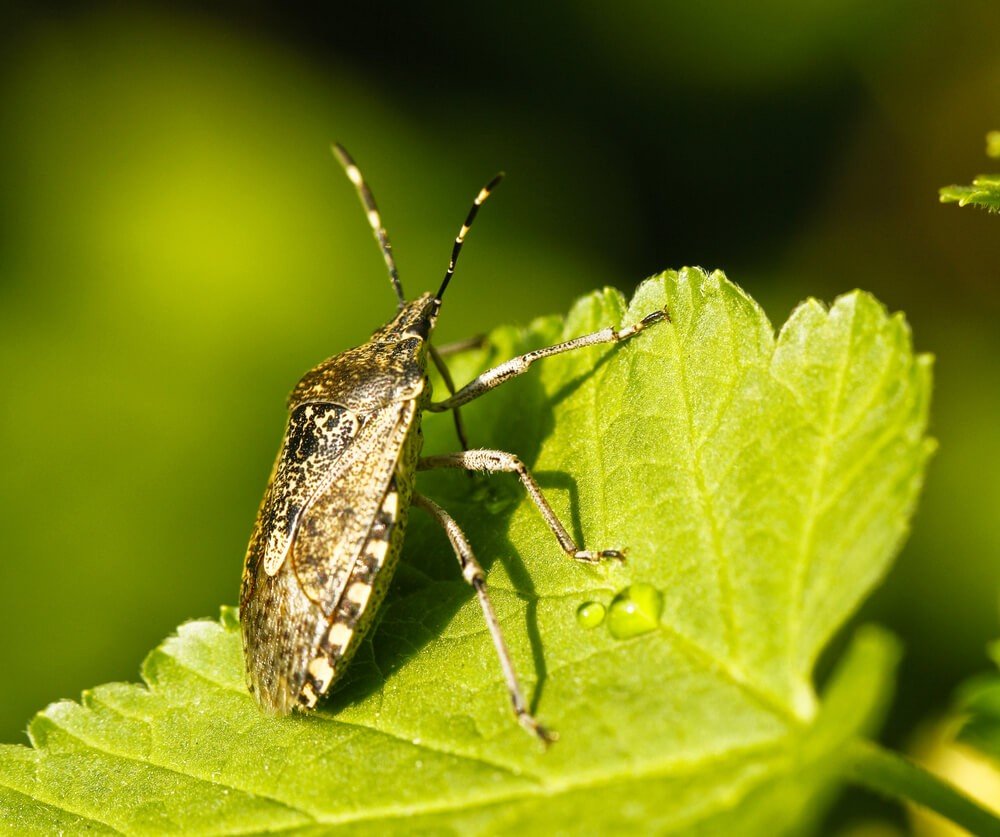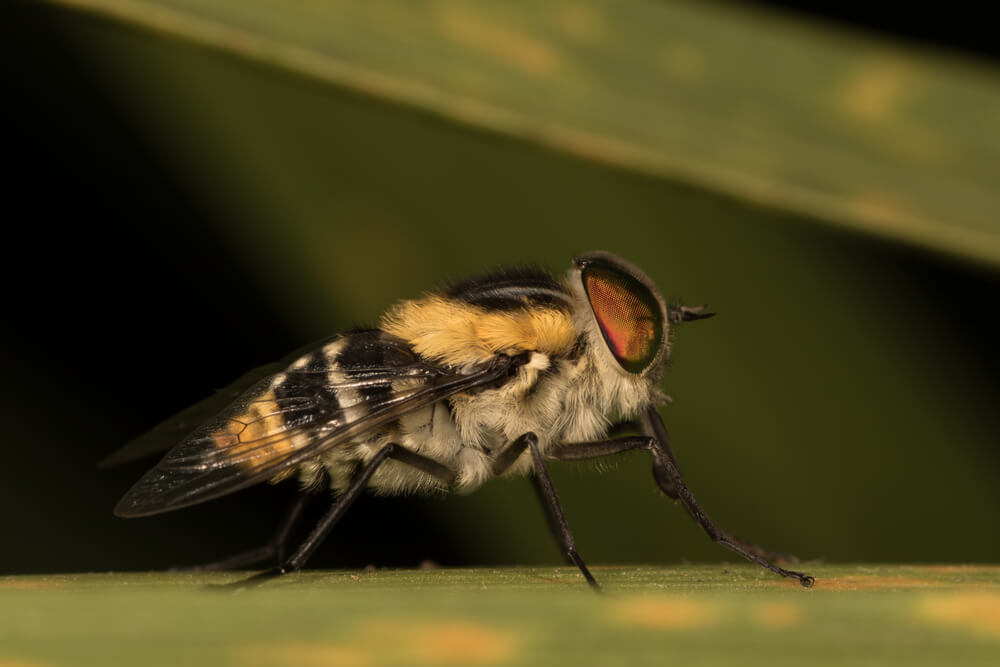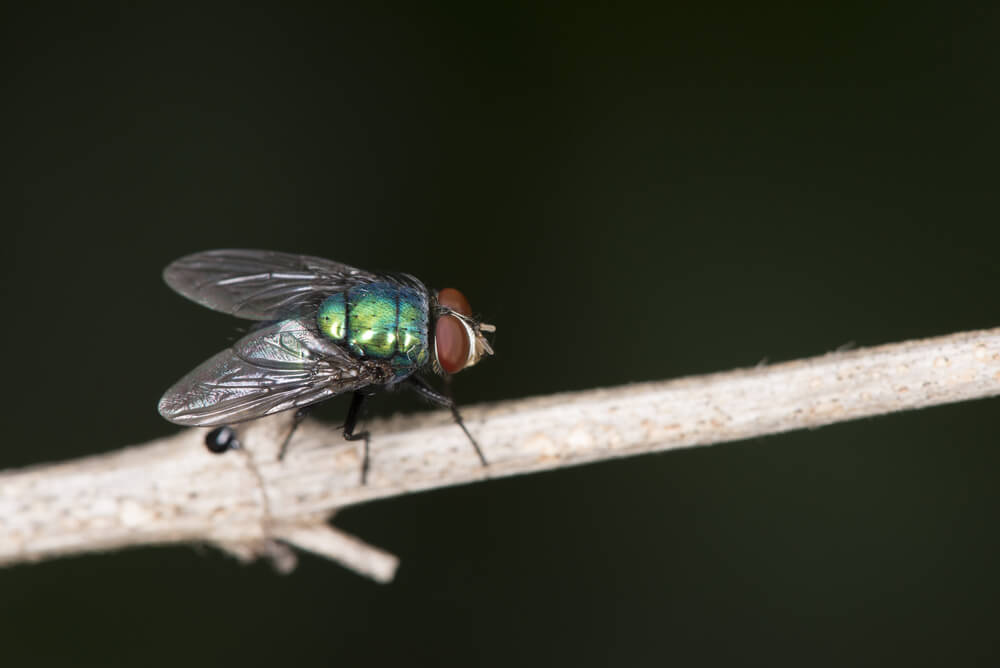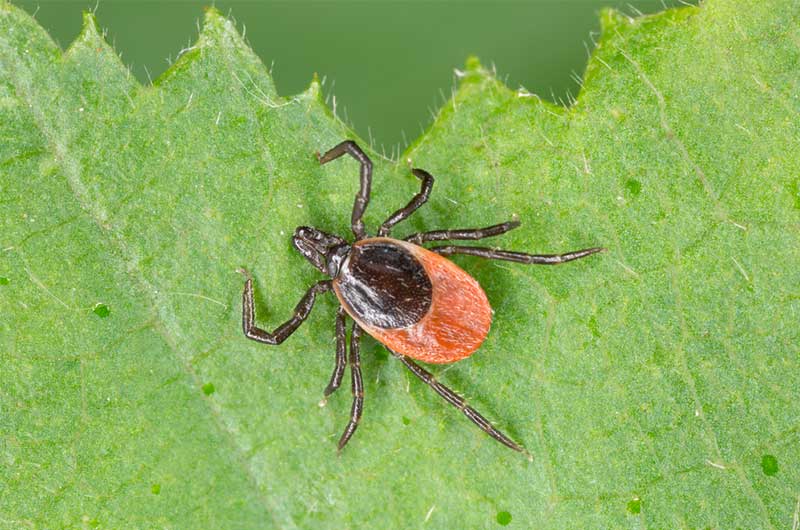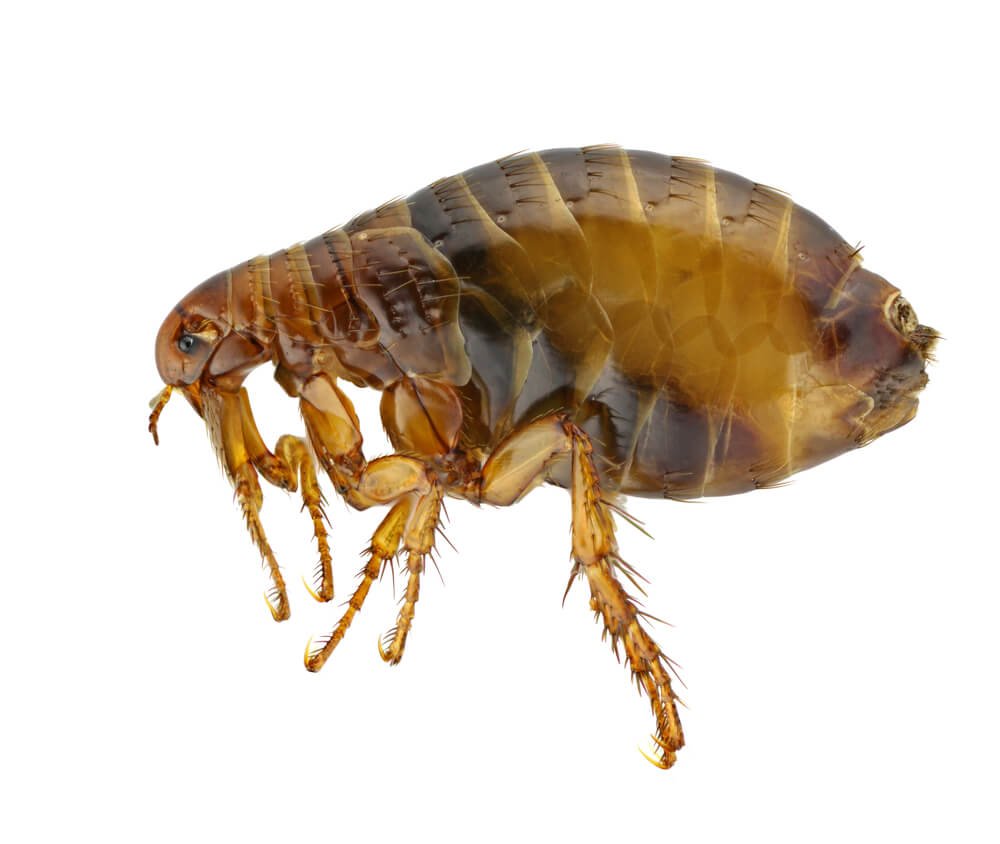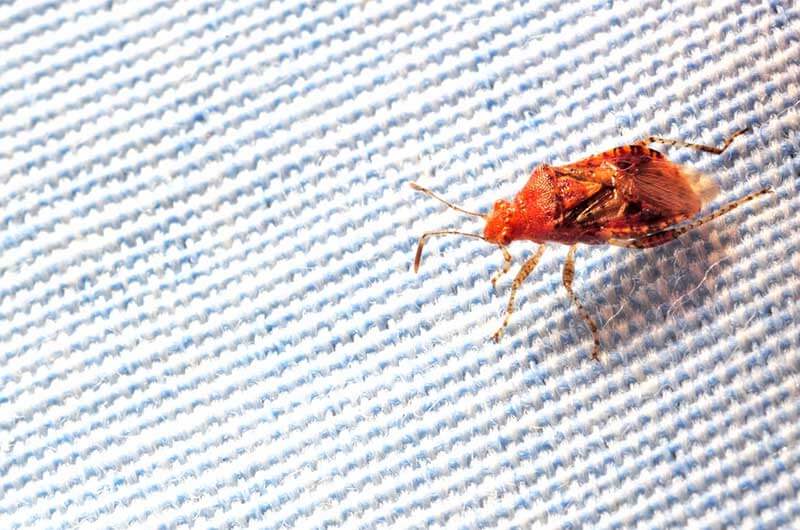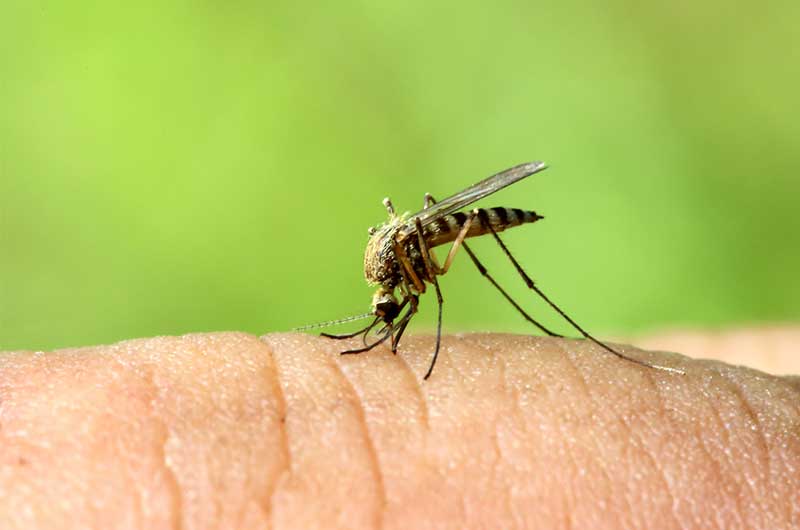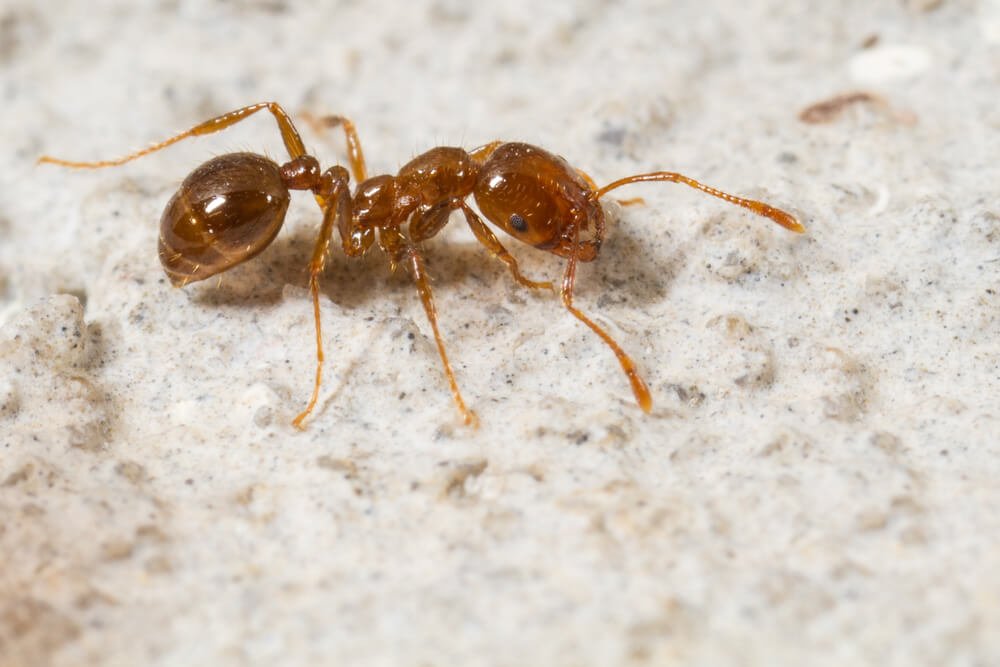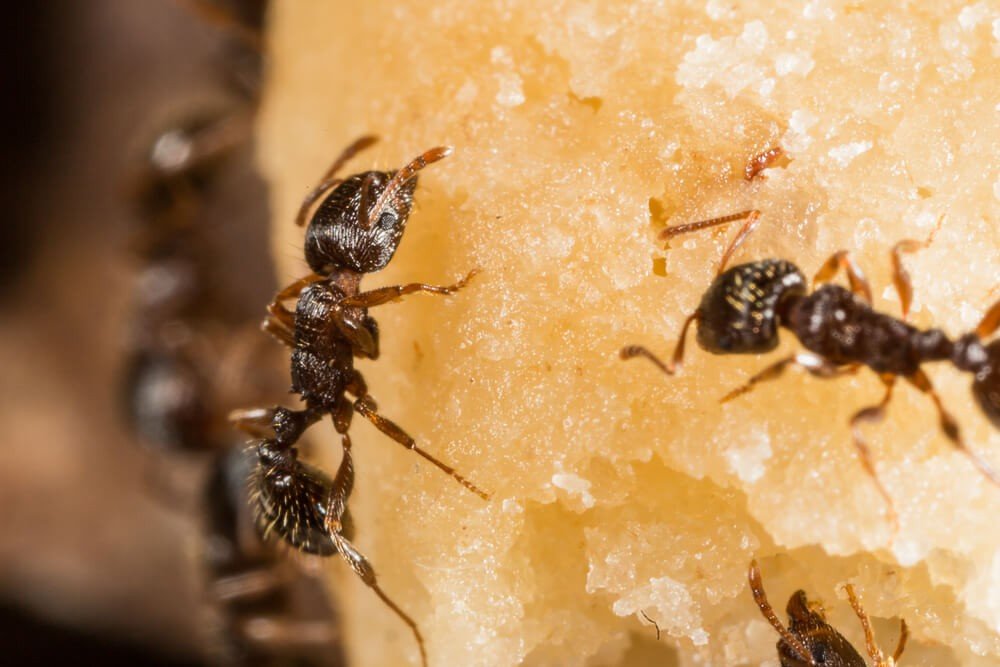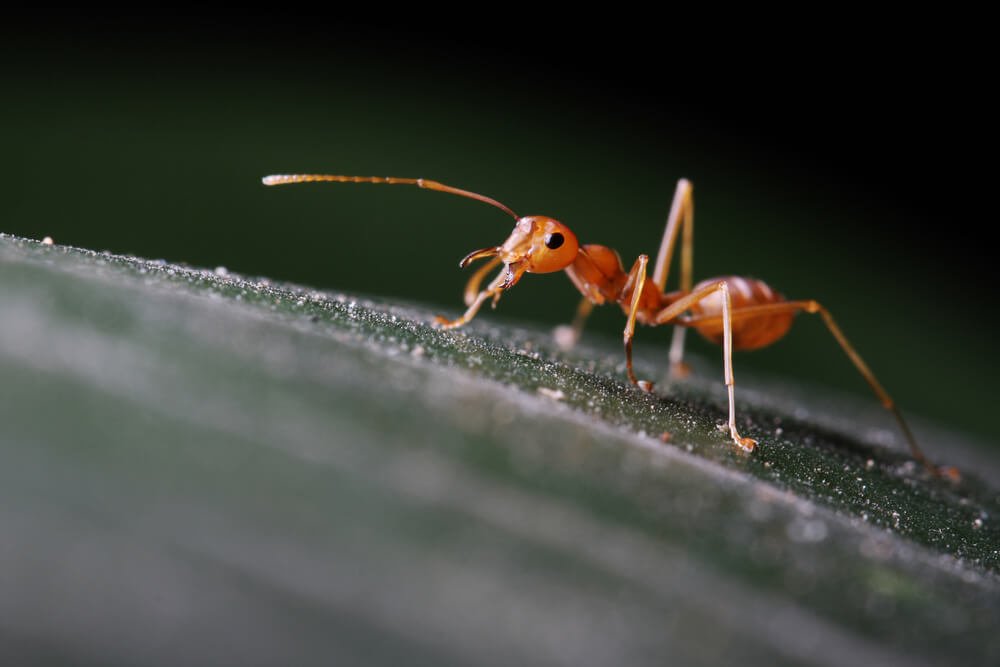Protect Your Home With PermaTreat’s Attic Blanket
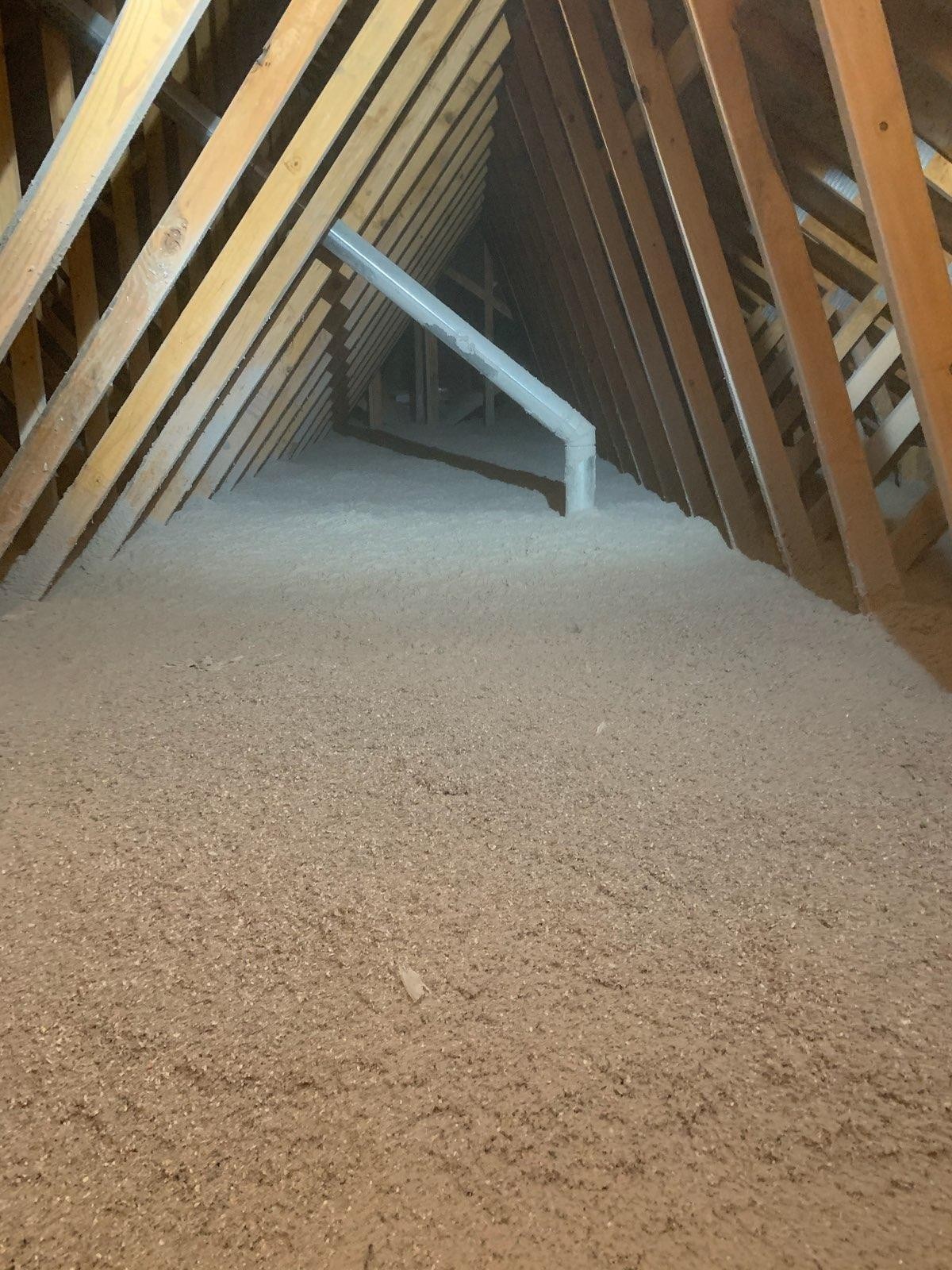
Did you know that you can improve your home’s energy efficiency and control common household pests simply by adding new insulation? Here is everything homeowners should know about thermal acoustic pest control insulation.
What Is Thermal Acoustic Pest Control Insulation?
Thermal acoustic pest control insulation is a type of cellulose insulation that is made from recycled post-consumer paper fibers. This makes thermal acoustic pest control insulation an environmentally friendly green choice for your home.
What Are the Benefits of This Insulation?
Thermal acoustic pest control insulation keeps your home cooler in the summer and warmer in the winter as it impedes airflow. This type insulation also has acoustic properties, which means it helps dampen sound. This is ideal if you live in a high-traffic area or simply want to reduce noise within the home and create a more peaceful environment.
Most importantly, thermal acoustic pest control insulation is specially treated to kill pests such as ants, cockroaches, silverfish, and termites. Additionally, this insulation is also treated for fire resistance for added safety.
How Does This Insulation Control Household Pests?
Thermal acoustic pest control insulation is treated with boron or boric acid. Boron and boric acid are classified as a pesticide, but in humans, minute amounts are not much more dangerous than common table salt. In insects, however, it is deadly. Some insects, such as ants, can also bring it back to their nest, killing even more in the colony.
Additionally, boric acid is also abrasive, which adversely affects an insect’s exoskeleton, cutting them and drying their shell out. Insulation that is treated with boric acid will also discourage insects from building colonies inside your walls, where the insects would cause damage, often sight unseen.
Is Thermal Acoustic Pest Control Insulation as Effective as Other Types of Insulation?
Yes! Insulation is assigned an R-value. This is a measurement of how well a barrier, such as a window, door, or in this case, insulation, resists the conductive flow of heat. Cellulose thermal acoustic pest control insulation has an R-value per inch range of 3.2 to 3.8 depending on if it is loose fill or batts.
Who Can Install Thermal Acoustic Pest Control Insulation?
The United States Environmental Protection Agency (EPA) regulates the use of boron and boric acid, and only licensed pest management professionals can sell and install thermal acoustic pest control insulation.
How Is This Insulation Installed?
Thermal acoustic pest control insulation is available in two forms: loose fill and batts.
Loose fill is insulation that is blown in by technicians. Batts are rolls that come in varying thicknesses and standard widths to fit in between your home’s framing joists and studs.
Exterminators who are qualified to work with thermal acoustic pest control insulation typically use loose fill in attics and existing structures. This is because technicians can easily blow in loose fill thermal acoustic pest control insulation without damaging your home. In a new construction, batts may be used as it is easy to fill the space between studs and joists before the walls are closed.
In some instances, a combination of both forms is used. This is dependent on several factors, including how much insulation is currently there, if any, and what kind of insulation is in the space. The heating source will also need to be considered.
If you want to protect your home from insects, enjoy increased energy savings, and have a quieter home, contact us today to schedule your free inspection and learn how thermal acoustic pest control insulation can meet your pest control needs and potentially save you money all year round.







